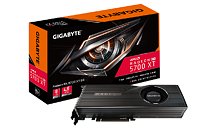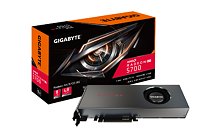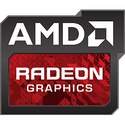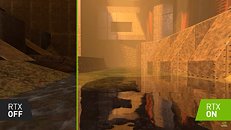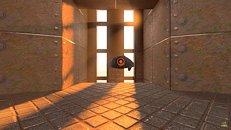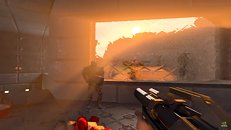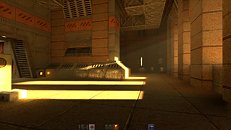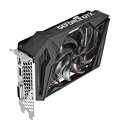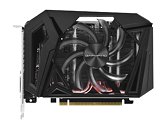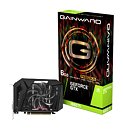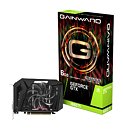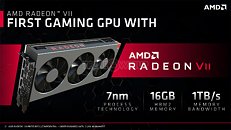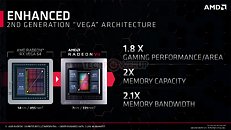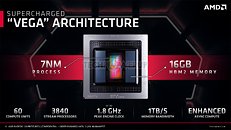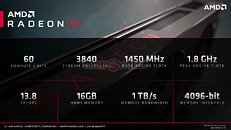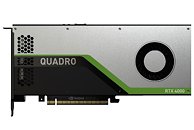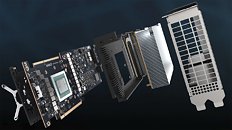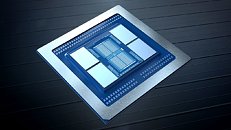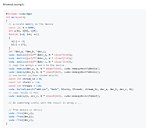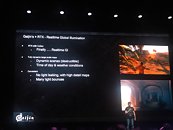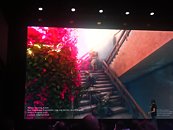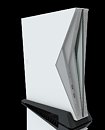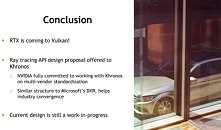
GIGABYTE Unveils Radeon RX 5700 Series Graphics Cards
GIGABYTE, the world's leading premium gaming hardware manufacturer, today announced the launch of Radeon RX 5700 XT 8G and Radeon RX 5700 8G, the latest Radeon RX 5700 series graphics cards built upon the 7 nm processor technology with new RDNA architecture and the world's first GPU to support PCI Express 4.0. With RDNA gaming architecture, GIGABYTE Radeon RX 5700 XT 8G and Radeon RX 5700 8G are equipped with 2560 and 2304 stream processors respectively and both come with 8 GB GDDR6 memory to deliver superior visual fidelity, lightning-fast performance and advanced features to power the latest AAA and eSports titles. The style of the Radeon RX 5700 XT 8G graphics card is different than before. It comes with a metal exoskeleton for heat dissipation and is fused with the reimagined contour silhouette, as well as precision-machined accents. Great gaming experiences are created by bending the rules.
The RDNA gaming architecture of Radeon RX 5700 Series is designed to power the future of PC, console, mobile and cloud-based gaming for years to come. It features a new compute unit design optimized for improved efficiency and a multi-level cache hierarchy designed to provide reduced latency, higher bandwidth and lower power. Delivering up to 1.25X higher performance-per-clock and up to 1.5X higher performance-per-watt compared to the previous-generation Graphics Core Next (GCN) architecture, RDNA provides the computational horsepower to enable thrilling, immersive gaming by enhancing explosions, physics, lighting effects for fluid, high-framerate gaming experiences.
The RDNA gaming architecture of Radeon RX 5700 Series is designed to power the future of PC, console, mobile and cloud-based gaming for years to come. It features a new compute unit design optimized for improved efficiency and a multi-level cache hierarchy designed to provide reduced latency, higher bandwidth and lower power. Delivering up to 1.25X higher performance-per-clock and up to 1.5X higher performance-per-watt compared to the previous-generation Graphics Core Next (GCN) architecture, RDNA provides the computational horsepower to enable thrilling, immersive gaming by enhancing explosions, physics, lighting effects for fluid, high-framerate gaming experiences.
